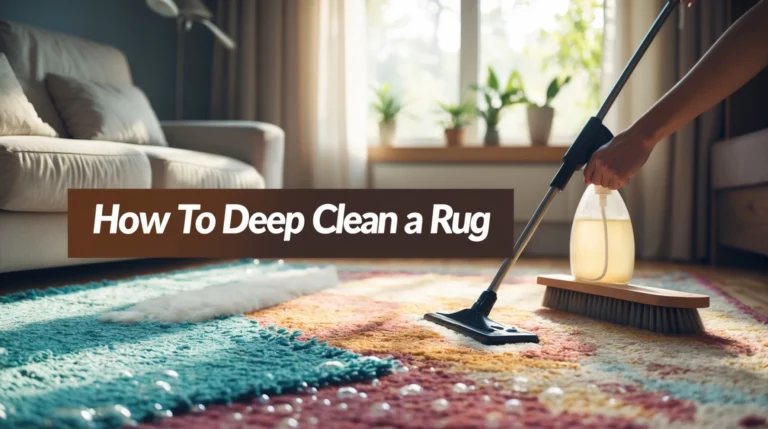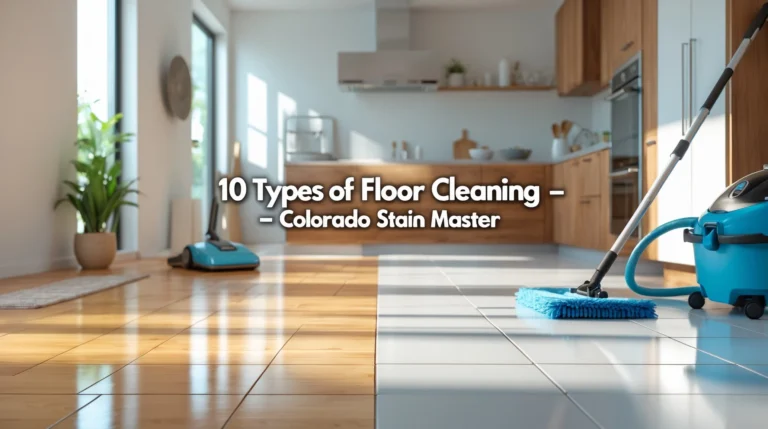A fire can turn your world upside down in seconds. Once the flames are out and the smoke clears, you’re left with a big question: what now? That’s where fire damage cleaning begins. This isn’t just about washing the walls or scrubbing soot off the floor. It’s about making your home safe, healthy, and livable again. Smoke and soot can hide in your walls, ceilings, and air vents. They don’t just look bad, they carry harmful chemicals and strong smells. Trying to clean it all without the right tools or know-how can make things worse. That’s why careful cleanup matters so much after a fire.
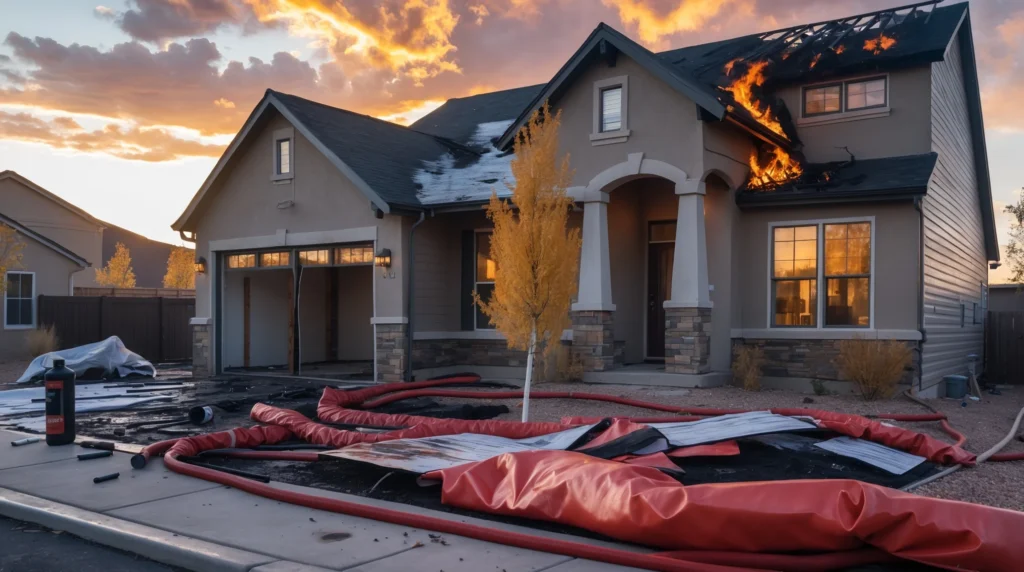
Fire Cleanup in Colorado Springs, CO: What Homeowners Need to Know
Living in Colorado Springs, CO, we know how dry weather and wind increase fire risks. Whether it’s a small kitchen accident or damage from a wildfire nearby, homeowners here face unique challenges when dealing with fire cleanup. Smoke can travel fast, and even one room can affect the whole house. Insurance claims, cleanup permits, and restoration planning can take time. Having a trusted fire restoration team that understands local needs makes a huge difference. That’s why starting early with inspection and cleanup is key to preventing bigger problems.
Fire Damage Cleaning: What It Means and Why It Matters
Fire damage cleaning means more than wiping away ash. It’s a step-by-step process to remove smoke, soot, and chemical residue. It also includes checking your home for hidden damage that could hurt your health or cause future repairs. Professionals don’t just clean, they test the air, check walls and floors for structural damage, and use safe tools to handle soot and smoke. The goal isn’t just to make things look better, it’s to make them safe again. Fire damage repair is not something to rush through. It takes careful planning and attention to detail.
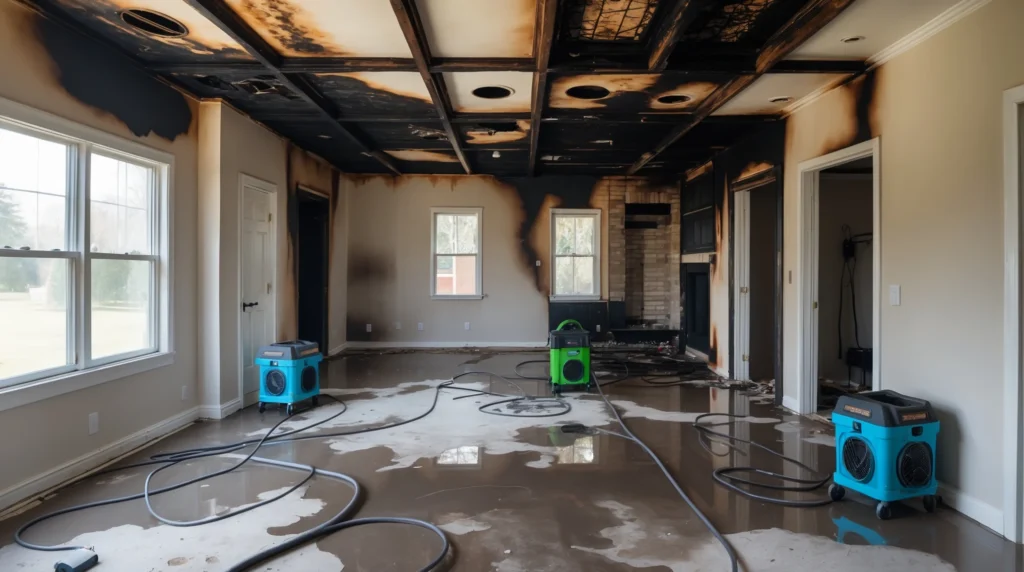
The Fire Damage Restoration Process Step by Step
Every fire is different, but the fire damage restoration process usually follows a clear path:
- Inspection & Assessment: Experts examine the home, looking for burnt areas, smoke damage, and water from firefighting.
- Board-Up & Tarping: If windows or roofs are damaged, they are quickly covered to protect from the weather.
- Water Removal: Water used to put out the fire is removed using pumps and dryers.
- Smoke & Soot Removal: Special vacuums and chemicals clean soot from walls, ceilings, and furniture.
- Deep Cleaning: Professionals use strong but safe fire damage cleaning products to sanitize and deodorize surfaces.
- Repairs & Restoration: Damaged parts of the house are rebuilt, painted, or replaced.
Every step matters. Skipping even one part can lead to mold, smells, or long-term damage.
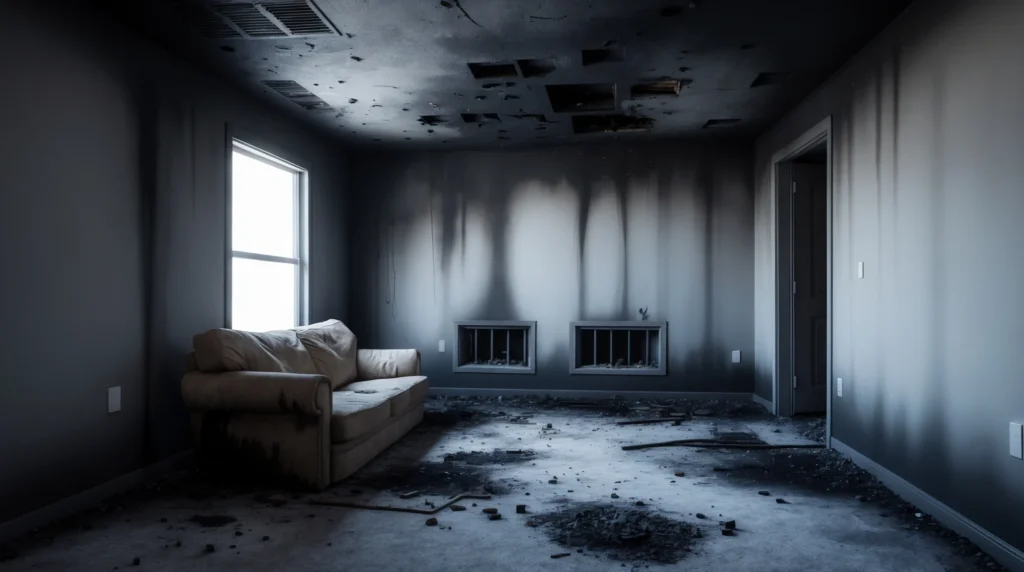
What Happens Inside a House After a Fire?
It’s not always clear what fire leaves behind. At first glance, things might look fine, but smoke and soot can sneak into hidden places.
- Walls and insulation soak in smoke.
- Floors and carpets trap ash and soot.
- Furniture may look okay, but it can hold harmful residue.
- Air vents carry smoke throughout the house.
This is why house fire cleanup goes beyond basic cleaning. Professionals know where to look and what tools to use to safely remove toxins. If you’ve ever wondered what it’s like inside a house after a fire, the truth is it’s full of risks that need trained eyes and hands.
Smoke and Soot: Why They’re Tougher to Clean Than You Think
Smoke might seem invisible, but it sticks to everything. Soot is the black powdery mess you see, but it’s more than dirt; it’s full of chemicals.
Some types of smoke cling more than others:
- Wet smoke from low-heat fires leaves thick, sticky soot.
- Dry smoke from high flames spreads quickly but is easier to clean.
- Protein smoke from kitchen fires leaves invisible but smelly residue.
Soot damage cleaning needs special vacuums, sponges, and air filters. If you use water or the wrong cleaner, it can smear the soot and make it worse. That’s why smoke damage cleanup is best handled by trained professionals using the right tools and protective gear.
DIY vs. Professional Fire Damage Cleaning Services
It’s tempting to clean everything yourself. After all, scrubbing and washing seem simple. But fire cleanup isn’t just hard, it can be dangerous.
DIY cleaning may be okay for small, lightly damaged areas. But when you face large-scale smoke or water damage, it’s best to call in help. Pros know how to:
- Test the air quality
- Find hidden damage
- Use protective gear safely
- Handle toxic chemicals
Companies that offer professional fire damage repair can also speed up the insurance process with proper documentation. This means faster recovery for your family.
Fire Damage Cleaning Products and Chemicals: What Works
Not all cleaning products are safe for fire damage. Many store-bought cleaners are too weak or too harsh for burnt surfaces.
Safe, effective tools include:
- Dry sponges for soot (don’t use water!)
- Ozone machines for smoke odor removal
- HEPA vacuums for fine ash
- Enzyme cleaners for protein residue
- Fire damage cleaning chemicals, like degreasers and neutralizers
Only trained crews know when and how to use these safely. Using the wrong chemical on soot or burnt material can make the damage worse or spread it further. That’s why fire damage cleaning services rely on tested, certified products for each type of surface and smoke.

Understanding the Real Cost of Fire Damage Cleanup
Understanding the real cost of fire damage cleanup starts with knowing how much of the home was affected. If only a small area burned, the cost might be low, but when fire, smoke, and water all cause damage, the price can quickly climb. The deeper the smoke or water damage, the more work it takes to clean and repair. Some homes only need surface cleaning, while others need full repairs, including board-ups for windows or roofs. You may face costs for removing smoke and soot, repairing walls and floors, cleaning HVAC systems, deodorizing furniture, and hiring fire remediation services. In serious cases, the cost to rebuild a house after a fire can be thousands of dollars. Insurance may help cover the expenses, but it’s important to act fast and keep detailed records.
When to Call a Fire Damage Expert for Help
After a fire, safety should be your first priority. Once it’s safe to go inside, it’s smart to call a fire damage expert. These professionals know what to look for and how to fix it. If your walls are stained, your furniture still smells like smoke, you see ash inside vents, or there’s water pooling on the floors, these are signs that cleanup is beyond basic steps. Sometimes, even when things look okay, smoke and toxins can be hiding. If you feel unsure or overwhelmed, bringing in a trained expert can prevent mistakes and save you money. They come with the right tools, know the best methods, and can give you the documents needed for insurance claims.
Why Colorado Stain Master Is Trusted for Fire Restoration
When it comes to restoring your home, experience and care make all the difference. At colorado stain master, we treat every home like it’s our own. Our team has helped many families bounce back from fire damage with compassion, skill, and speed. We don’t just clean, we listen. From fire damage inspection to full smoke cleanup, our process is designed to make you feel safe and supported every step of the way. With certified equipment, eco-safe products, and proven experience, colorado stain master is a name you can trust after fire strikes.
Ready to take the first step toward restoring your home after a fire? Reach out today for expert care, fast service, and a team that truly understands what you need to recover.

